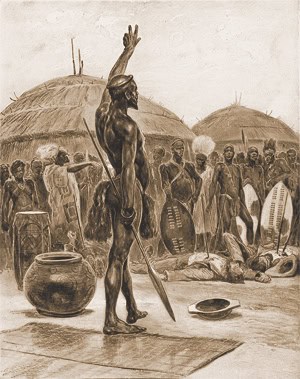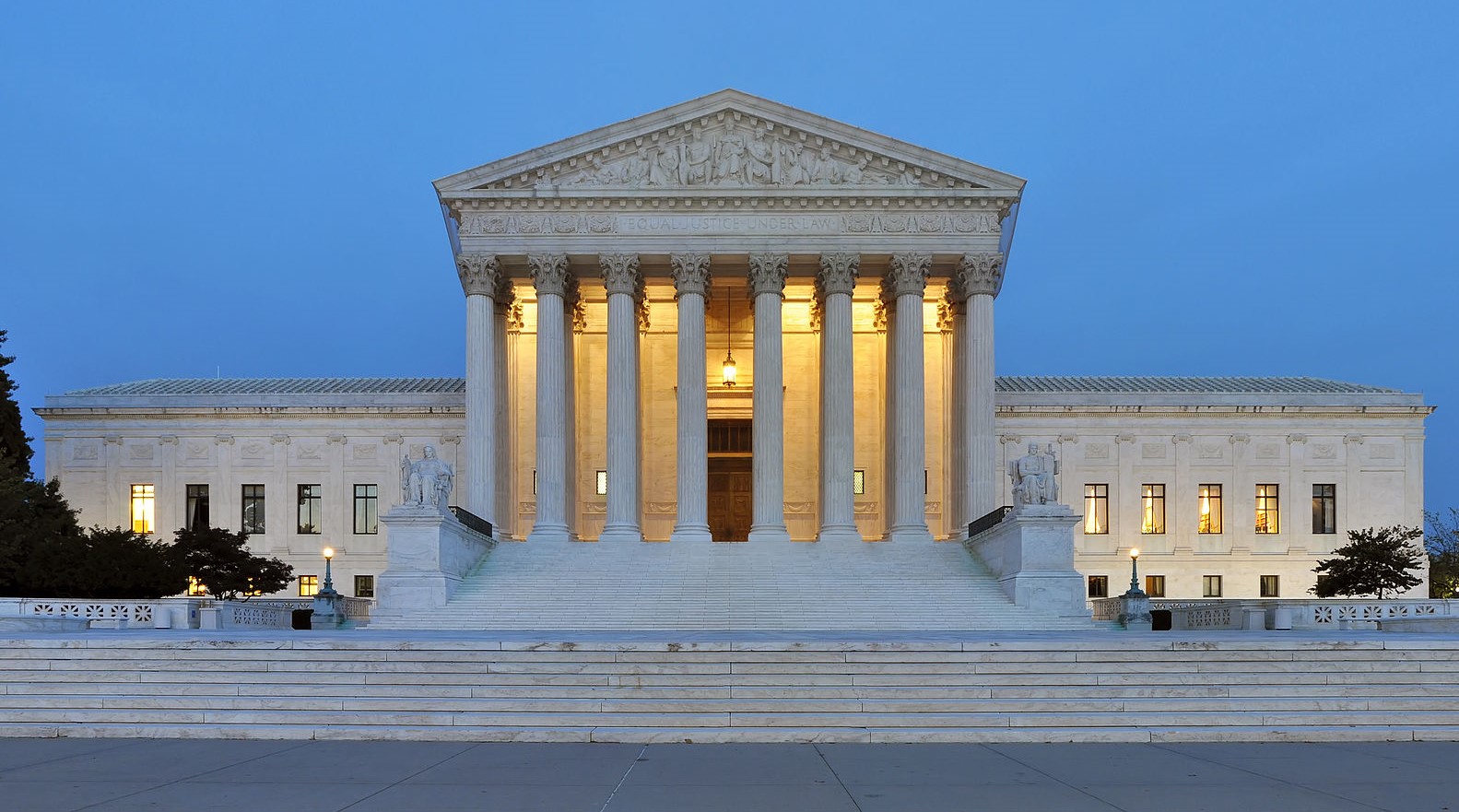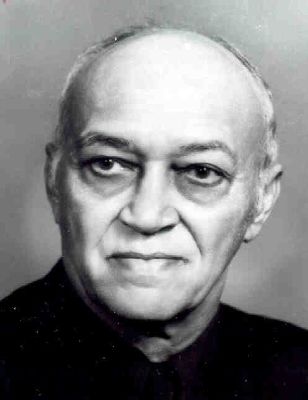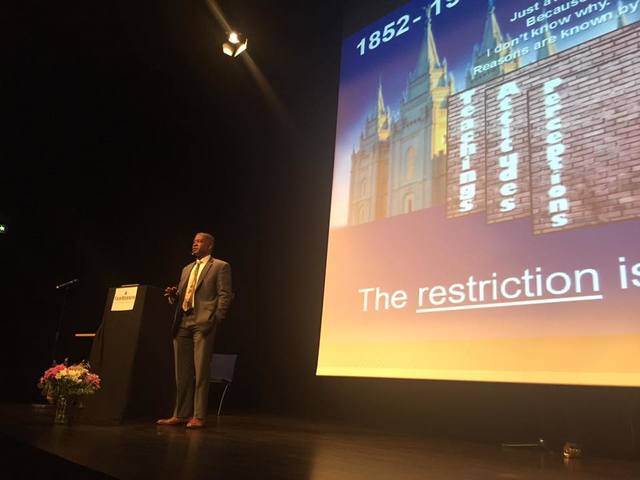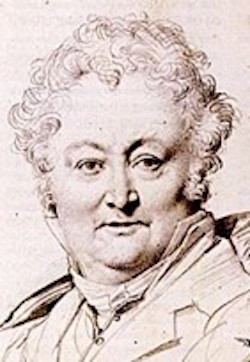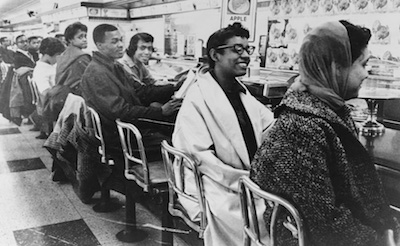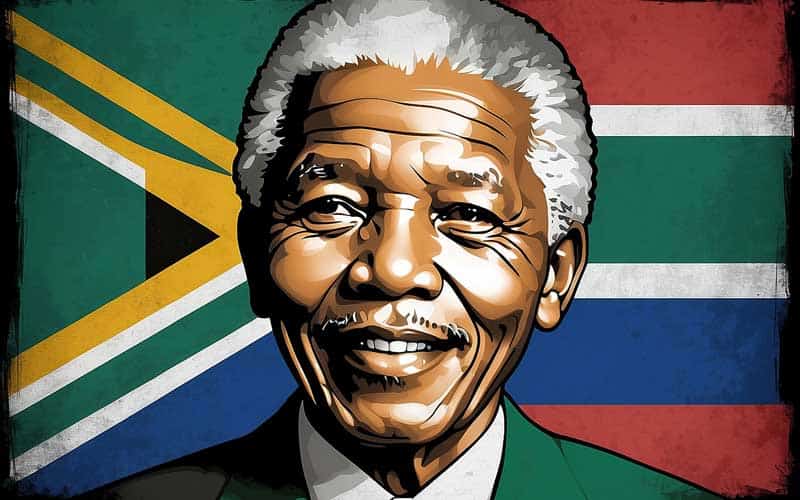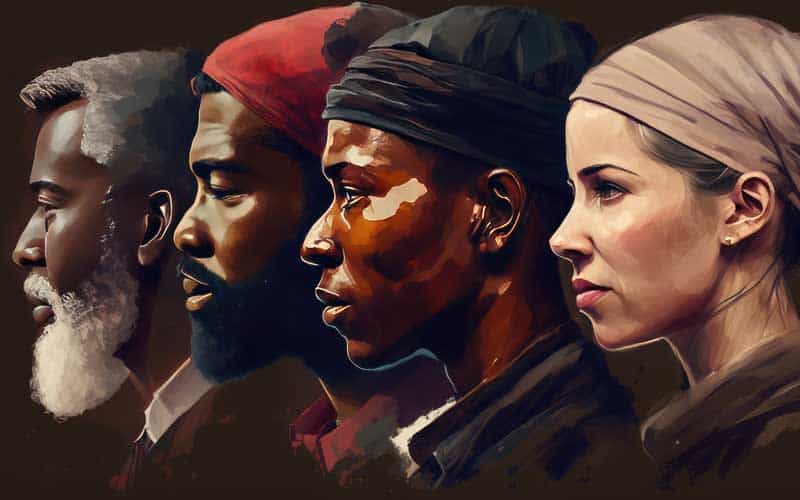Dingane ka Senzangakhona, a Zulu prince became the second king of the Zulu Kingdom after the death of its founder, Shaka Zulu. Dingane was born in 1795 in KwaZulu-Natal, South Africa. His parents were Chief Senzangakhona and Mpikase kaMlilela Ngobese, Senzangakhona’s sixth and “great wife.” Dingane had 14 siblings.
In 1828, Dingane became king of the Zulu Kingdom with the assistance of his brother, Umhlangana, and Shaka’s attendant, Mbopha Kaitiaki, after he assassinated his half-brother, Shaka Zulu. The following year, in 1829, Dingane moved his capital city from Dukuza to umGungundlovu, meaning “the secret plot of the elephant,” and the site of one of several military complexes (amakhanda), which he maintained. Later that year he established his royal kraal (palace) in the eMakhosini valley against Lion hill.
Dingane instituted reforms in the Zulu Army. His warriors were able to marry, establish their own homesteads, and trade for various goods including cattle and ivory. However, these interactions were complex and often fraught with tension as cultural differences, power dynamics, and competition for resources came into play. Dingane sought guns from European traders but the missionaries who were now influential in Zululand, blocked his efforts.
Dingane first allowed an influx of European missionaries into the Zulu Nation in 1834 but this immediately put them in conflict with Shaka Zulu’s previous grant of land to European traders at Port Natal (now Durban). Conflicts between these two groups, the traders and missionaries, undermined his control over KwaZulu-Natal. Recognizing the growth of the British-controlled Cape Colony, the first European colony in South Africa, Dingane sent ambassadors to establish diplomatic relations with the British. These interactions with the British, however, eventually led to war between the Zulu and the British and their Boer allies.
In the Battle of Blood River in 1838, the Zulu nation came into direct conflict with Europeans for the first time. Dingane led 12,000 Zulu warriors in a three-day attack against 464 Voortrekkers Boers on the banks of the Ncome River over the control of land rights in Natal. The much smaller Boer force repelled the Zulu warriors, leading Dingane to burn down part of his capital and later to completely abandoned it.
King Dingane ka Senzangakhona Zulu, unlike his predecessor, Shaka Zulu, lacked the qualities of a compelling warrior leader. His reign was marked by jealousy and distrust, which undermined his ability to cultivate the loyalty of his troops. Despite these shortcomings, he managed to hold a much smaller Zulu nation together during his reign which lasted until 1840. King Dingane died on January 29 of that year at the age of 45.
In 2006, a significant tribute was paid to King Dingane ka Senzangakhona. In his honor, the municipal name of three towns, Stanger, Ballito, and Shakaskraal, was changed to KwaDukuza, This act commemorated the king and served as a reminder of the enduring influence of his reign.

